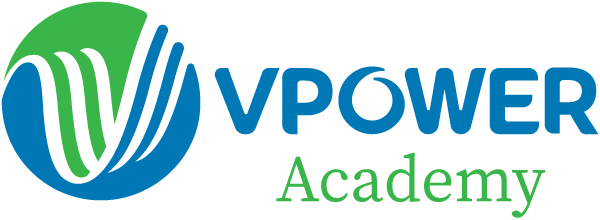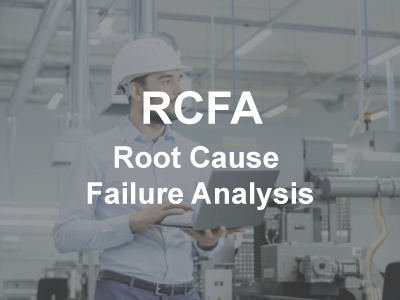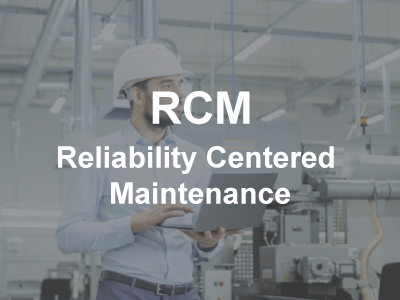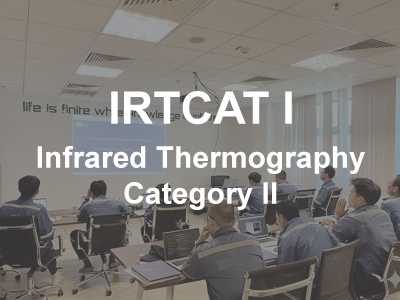Congratulations on your decision to become an ultrasound specialist. Ultrasound is incredibly powerful and versatile, so there is a lot to learn. The good news is that you are in the right place.
Our UCAT-I ISO Category I course will set you up for success. We will help you understand why ultrasound analysis is important. You will gain a solid understanding of the fundamentals of ultrasound, lubrication, and leak detection. You will learn how to take quality, dependable measurements and begin the process of diagnosing common faults.
Once you complete the training, you can take the exam with confidence and become certified to ISO 18436-8 Category I through the internationally respected Mobius Institute Board of Certification (MIBoC). The MIBoC certification is accredited to ISO/IEC 17024.
- Ultrasound analysts and technicians
- Maintenance personnel, mechanical/electrical engineers seeking PdM skills
- Safety, QA/QC, and energy management staff needing to detect air/steam leaks
- Beginners or those with basic condition monitoring experience
- Understand sound principles: frequency, amplitude, wavelength, speed, reflection, refraction
- Detect compressed air, steam, and vacuum leaks using ultrasound
- Identify early faults in bearings, gearboxes, pumps, motors
- Diagnose electrical issues: partial discharge, corona, tracking, arcing
- Precision lubricate bearings – right type, right amount, right time
- Collect and analyze reliable, safe data
- Be prepared for ISO 18436-8 CAT I certification
TOPICS COVERED
Maintenance practices
Condition monitoring
Principles of sound
The application of ultrasound
Ultrasound measurement
Data storage and management
| Collecting test data
Leak detection
Electrical testing
Lubrication
|







